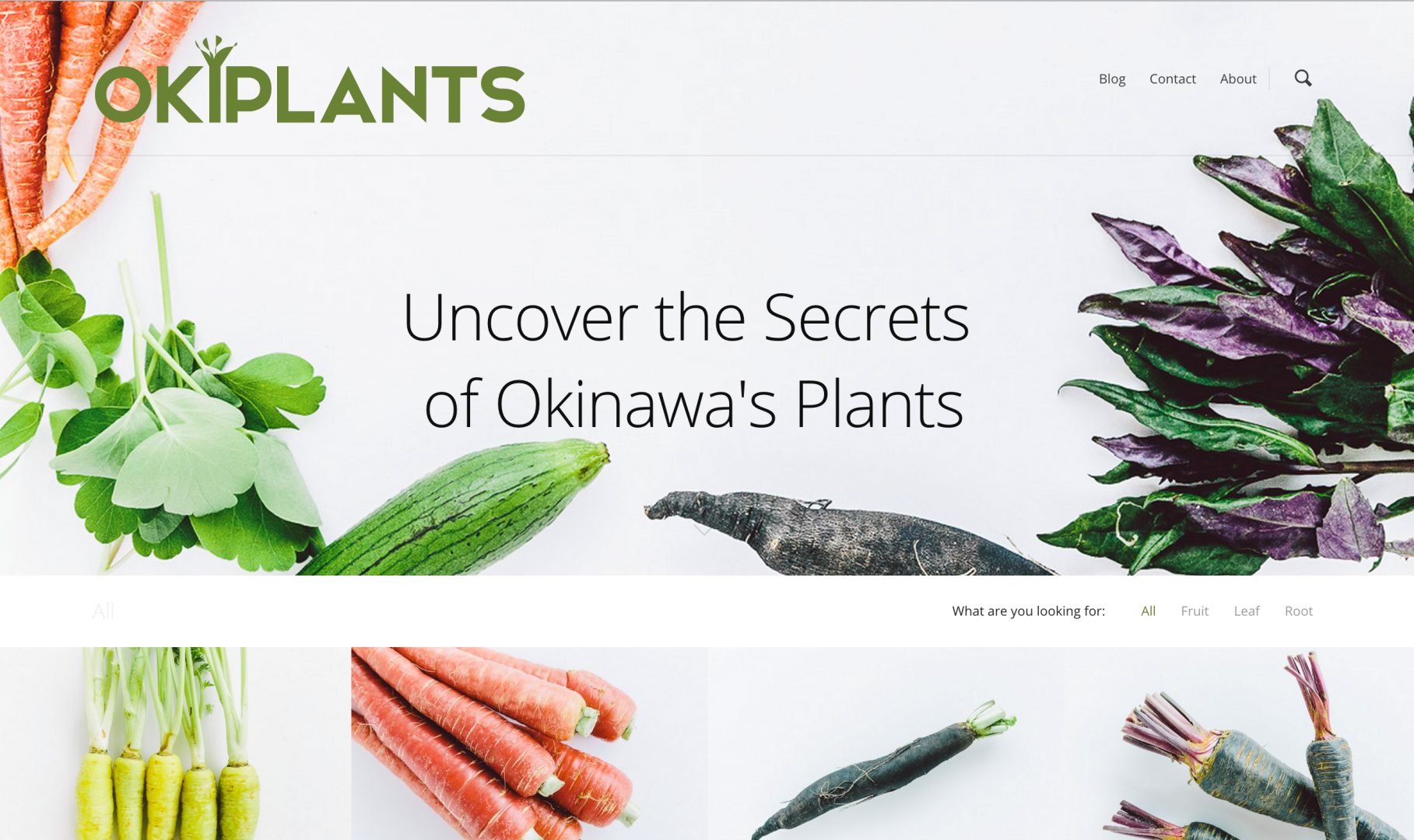Annual Report FY2014: Juanita Choo
Juanita Choo
Science and Technology Associate
1 Introduction
My research this year has focused on three areas: (1) assessing the biological and spatial interactions among abundant palm species in the Peruvian Amazon and the mechanisms that contribute to their coexistence; (2) understanding the impacts of pesticide use in Okinawa through a comparative study of pesticide residues found in agricultural produce; and (3) developing an Okinawa Plant database and webpage featuring photographs and information about the biology, origins, cultural use of local plants.
2 Activities and Findings
(1) Biological and spatial interactions of Amazonian palms and the implications for species coexistence
Regulatory mechanisms, specifically natural enemies and competition, have frequently been proposed as key factors that limit the growth of abundant species and promote species coexistence. While studies have examined the individual impacts of these mechanisms, their join impacts and contribution to species coexistence have not been investigated. Moreover, little is known how ontogenetic development affects plant responses to natural enemies or competitive interactions over their life history. I applied field and spatial analytical approaches to understand how two abundant and long-lived (>100 years) palms in the Amazon – Attalea phalerata and Astrocaryum murumuru are able to coexist. Field data indicated that natural enemies were important in regulating Attalea but not Astrocaryum in the seed stages. In the post-seed juvenile stages, analyses of the spatial associations between adults and juveniles and those among juveniles suggest natural enemies were important in limiting the population of both palm species in the early juvenile stages (seedling and J1). Additionally, we found competitive interactions in the late juvenile stage (J2) were important in regulating Attalea. Overall, our results suggest the asymmetric impacts of natural enemies and competition over the life history of the two palms played important roles in their coexistence. The manuscript for this study is currently in preparation for submission to the Journal of Vegetation Science.
(2) Comparative analysis of the pesticide residues of different farming regimes
Pesticide-use and residues on agricultural produce pose significant environmental and human-health risk. In this study, I am assessing the pesticide residue levels on commonly available agricultural produce in order to examine how different farming methods (local small farms, conventional farming, produced under the JAS certification standards, and produced under farmer-declared “organic” methods) influences residue levels. For the preliminary survey, we tested residues on commonly available produce – spinach, tomatoes, cucumber, and potatoes. Agricultural products were sampled during the Okinawa winter (Feb/March). We expected residue levels to be lowest during this period due to the correspondingly lower population of pests. This will be confirmed with further sampling over the growing season/year. While the sample sizes are still small at this point of the study, the results showed the highest levels of pesticide residues vegetables produced under farmer-declared “organic” methods. No pesticide residues were found in the tomatoes and spinach produced by local small farms.
(3) Okinawa plants database and webpage

Okinawans are renowned for their longevity and much of it has been attributed to the “Okinawa Diet”, which consist mainly of local vegetables. To many non-Okinawans however, the local vegetables remain an enigma. I have begun developing a plant database and website to introduce the world to the local Okinawa plants. This website (screenshot above) will provide both scientific and cultural information about vegetables commonly found in the local farmer markets. At present the database contain photographs and information for 16 local plants. This database will continue to expand as seasonal fruits and vegetables come into availability during the year. The website www.okiplants.org will be made available in the later half of 2015.
3 Collaborations
Economo Unit



